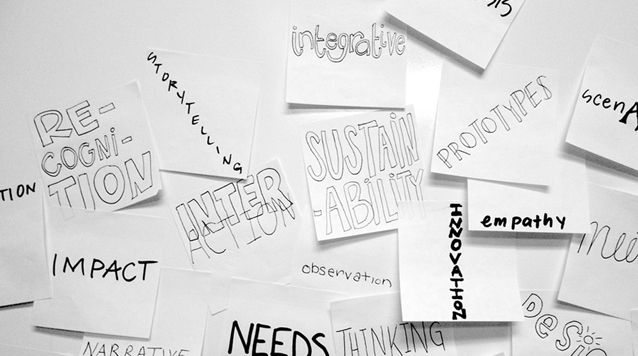Ask Mariposa: Understanding the Culture of Your New Org
Will asked:
How can I help a new employee understand the culture of our organization?
Barbara Baill, Senior Leadership Consultant responded:
The first step is to be able to verbally describe the culture of the organization. We all intuitively know the culture of the organizations in which we live, but it can be challenging to articulate that knowledge and articulate how the organization demonstrates its beliefs, values, underlying assumptions, attitudes and behaviors.
Here are some questions to think about:
• What stories demonstrate the culture? Can you describe situations where individuals have gotten themselves in trouble by unintentionally violating cultural norms?
• What have successful employees done that demonstrate the company values and attitudes?
• If your company has articulated a set of values, what specifics behaviors demonstrate what those values really mean in terms of winning behaviors/successful performance?
• Where is the decision making power in the organization?
• How risk adverse/risk taking is the culture?
• Does communication flow hierarchically (formally) or democratically (informally) across, up and down the organization?
• In what ways and for what reasons do people really get recognized and rewarded?
It’s a good idea to ask multiple people for their input on describing the culture of the organization. You can also give your new employee the task of asking these questions to a list of others that you believe would be honest and open about the culture and who are also highly regarded across the organization.
Over time, continue to mentor your new employee on the cultural realities of your organization. As he or she gains experience in your organization, their contextual understanding of the cultural nuances will grow. Your coaching will help accelerate the integration of the new hire.
Share your thoughts on this response in the comments section below, and ask us anything here: http://blog.mariposaleadership.com/ask-mariposa/
MORE







